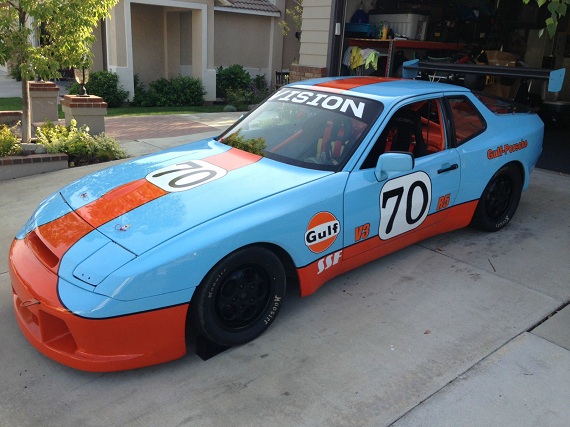A truism of motorsport is that to make a small fortune in racing you need to start with a large fortune. Building race cars is very expensive; strange, considering that there is much less of them when you’re done than the road car that was started with. If, for example, you wanted to go racing in the GT3 class, the ostensible car to get would be the multi-class winning Porsche GT3R. Smart choice. Now, fork over your half a million hard-earned trust fund dollars, since before you turn a key the GT3R stickers at 429,000 Euros plus taxes. Run a race weekend, and presuming you don’t crash or have a mechanical, you’ll be several tens of thousands of dollars more in the hole, since race cars consume consumables at an alarming rate. Tires, brake pads, clutches – you name it, it’s expensive if it’s top-tier racing goods. And then come the realities that after a staggeringly short amount of time, you need to completely rebuild your race car. According to the Census Bureau, the average American spends 50 minutes a day commuting in their car. In race car terms, that would mean that after a little over a month you’d have to completely rebuild your car. Nuts, right?
But you still want to do it. Okay, a much more affordable way to go really, really fast is to buy a last generation car. Just past the current vogue, they tend to be considerably more friendly on the wallet. Yet, top tier cars are still very, very expensive to run. Perhaps, then, a smarter choice would be to look at a car based upon more pedestrian internals:






